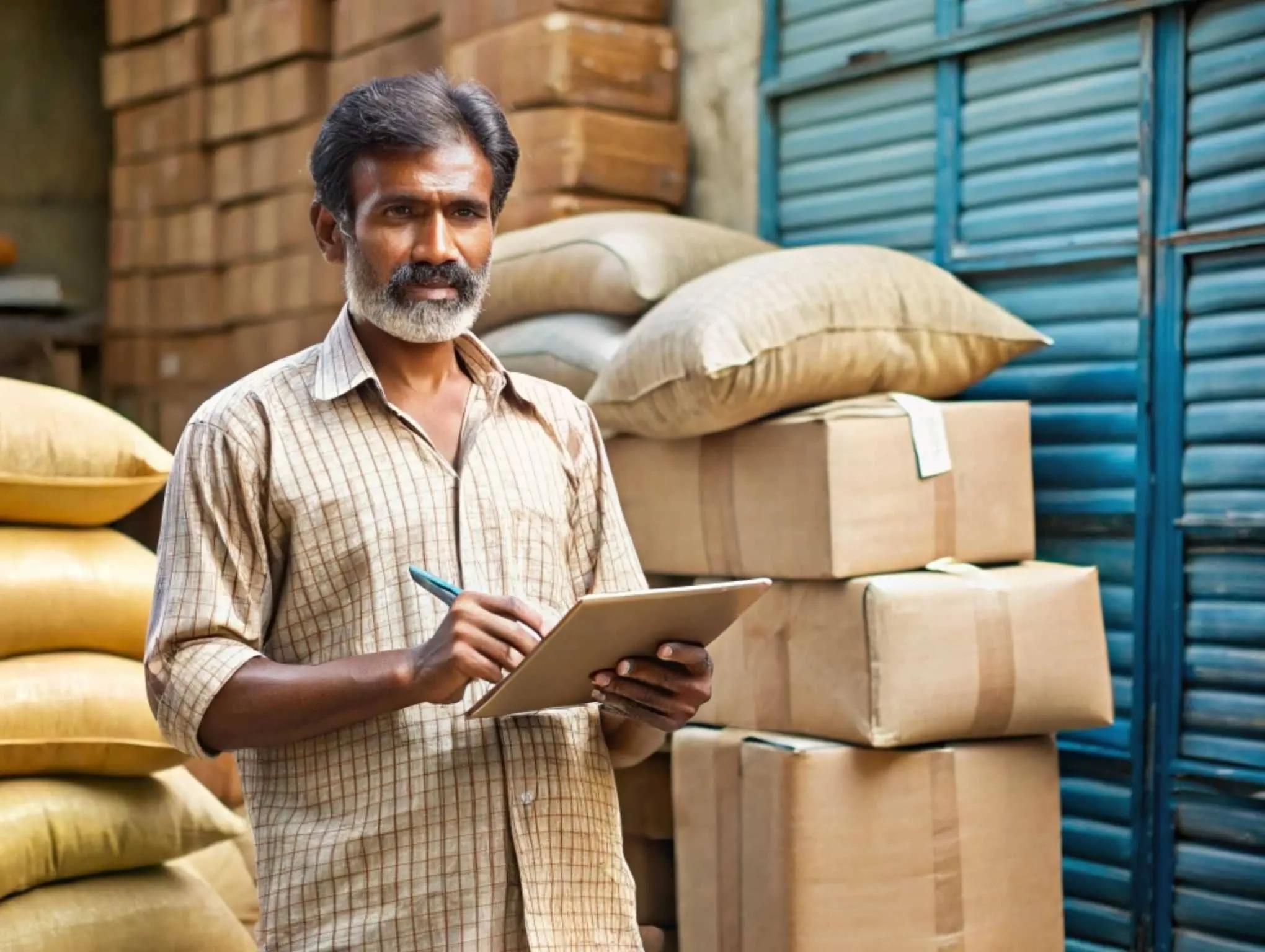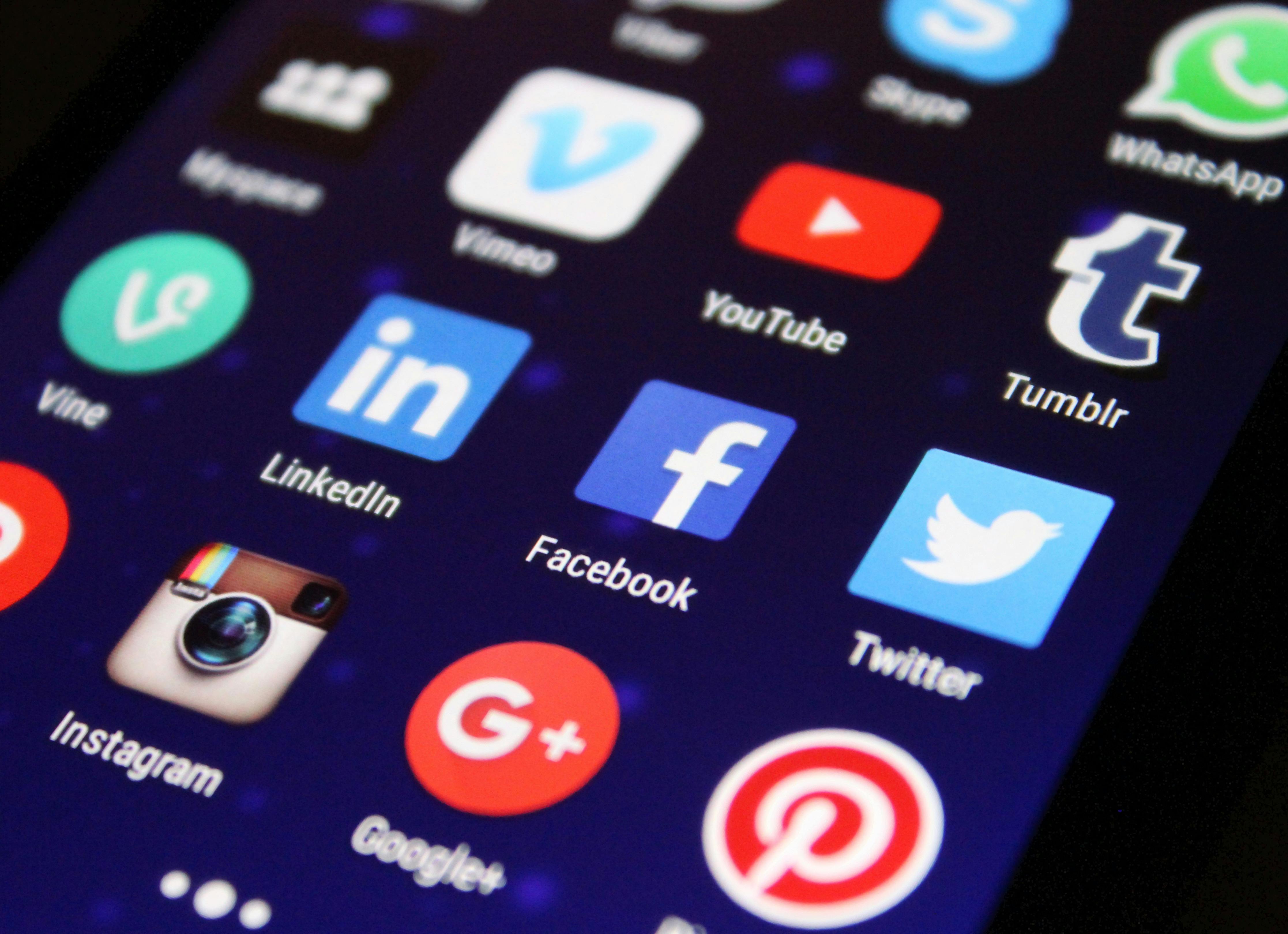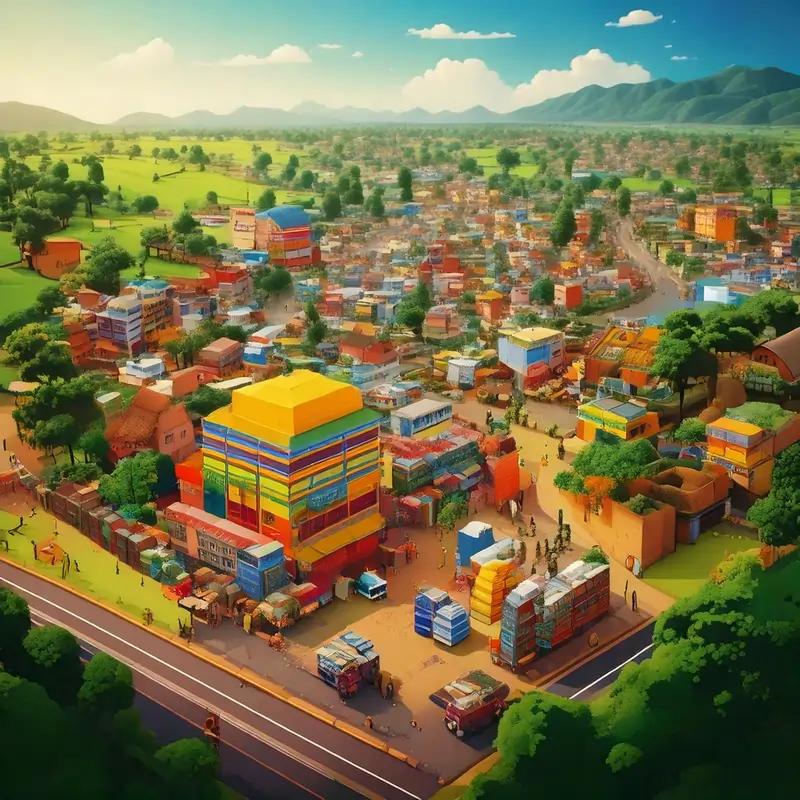Regional Product Distribution
Prompt delivery is a critical factor for online FMCG success, because customers like to receive their Amazon orders quickly. Brands like MDH and Mama Earth leverage strategically located warehouses in major cities such as Delhi, Mumbai, Bangalore, and Chennai, reducing delivery times significantly from traditional norms. This helps them win against their competitors who are not having regional distribution for their products.
ㅤ
Practical Steps:
- Warehouse placement should cover key geographical zones: Delhi NCR and Punjab/UP for North; Bangalore and Chennai for South; Mumbai and Ahmedabad for West; and Kolkata for East.
- Maintain sufficient inventory for 30-45 days of anticipated sales.
- Utilize services like those of Amazon and BigBasket for warehouse management.
- Regularly monitor stock levels as diligently as you would your financials.
ㅤ
Case Study: A Pune-based beverage company utilized Storewise Flexi Distribution, achieving a 40% increase in sales over three months by reducing their delivery-by times on the e-commerce platforms.
Optimizing Pricing for Profitability
Online pricing is more challenging than physical store pricing, and thus requires strategic positioning relative to competitors in same category.
ㅤ
Practical Steps:
- Mass-market FMCG items should be priced within 3-5% of leading competitors.
- Premium FMCG goods can sustain a 10-15% price premium if delivering perceived added value.
- Implement special value packs (e.g., 1+1 offers) to create a 15-20% added value perception.
- Conduct weekly price reviews across all regions to maintain competitive edge.
ㅤ
Case Study: Paperboat adjusted their pricing strategy and introduced multi-pack offers on Amazon during summer, effectively doubling sales as compared to physical retail performance.
Effective Platform Marketing
Visibility is essential on e-commerce platforms, requiring a focused advertising strategy comparable to prominent physical storefront signage.
ㅤ
Practical Steps:
- Initiate with a manageable ₹500 daily ad spend on key platforms.
Enhancing Product Discoverability
Your product listing and carousel on the e-commerce sites is influential in a customer's decision process to choose your product over your competitor; it must communicate effectively with clarity and transparency.
ㅤ
Image and Presentation Requirements:
- Feature 6-8 high-resolution images with primary images at 1000x1000 pixels.
- Include 2-3 lifestyle images and comprehensive package views.
- Offer size reference images and straightforward product titles.
ㅤ
Practical Steps:
- Regularly update keywords aligned with current search analytics.
- Clearly articulate product benefits using accessible language.
ㅤ
Case Study: A spice company in Kerala integrated common search terms into product titles, leveraging a structured ad strategy that boosted daily sales from 50 to 200 within two months.
Capitalizing on Sale Events and Festivals
Participating actively in large-scale online sales events can replicate the festive boom experienced by physical stores, presenting an opportunity to triple or quadruple sales.
ㅤ
Practical Steps:
- Engage in campaigns like Amazon's Great Indian Festival and BigBasket's BBStar.
- Stock double the usual inventory in preparation for high-demand periods.
- Formulate promotional offers at least 45 days prior to events.
- Develop exclusive combo packs for these promotional periods.
Meticulous Analytics Monitoring
Just as daily sales figures are pivotal for traditional shops, so are digital metrics for online success.
ㅤ
Important Metrics:
- Visibility rates: How often are your products viewed?
- Conversion statistics: What percentage of consumers make purchases?
- Performance tracking: Identify consistently high-performing products.
- Customer sentiment: Use feedback to improve offerings.
Closing Thoughts
To summarize the main growth hacks in online FMCG sales are strategic distribution, precise pricing, and integral platform relationships. Embrace this digital evolution, much like pioneers Patanjali and MDH did, and transform your FMCG business into a thriving online entity.
More Articles to Explore

Distributor Loyalty Programs
Distributor loyalty programs are a secret weapon for business growth . Simply put, they're structured systems that reward your distributors for doing more business with you. The more they sell your products, the more benefits they receive.

A 2025 Perspective
In the vibrant tapestry of Indian consumerism, the digital consumer stands out as both a challenge and an opportunity for Fast-Moving Consumer Goods (FMCG) brands. Unlike the historical clout of neighborhood kirana stores, today's consumer navigates seamlessly between aisles of physical stores and the virtual shelves of e-commerce giants. This hybrid shopping behavior, as highlighted by Nielsen's insights , signifies an amalgamation of tradition with digital convenience, requiring a multifaceted marketing strategy.

FMCG Sales Channels in India
Are you wondering how to get your FMCG products to Indian consumers? This guide breaks down the three main ways to sell your products: quick commerce apps, traditional distributors, and selling directly to customers.

Choosing the Right Delivery Partner
Are you struggling to get your products to stores and increase sales? The right regional 3PL / 4PL partner can help your business grow faster. This guide shows FMCG business owners how to pick the best delivery partner to reach more customers across India.
![[object Object]](/_next/image?url=https%3A%2F%2Fcdn.sanity.io%2Fimages%2F15uaalow%2Fproduction%2F1fed561df5e32d5e77b8f6a11d152ae6e18fd897-1024x682.jpg%3Ffit%3Dmax%26auto%3Dformat&w=3840&q=75)